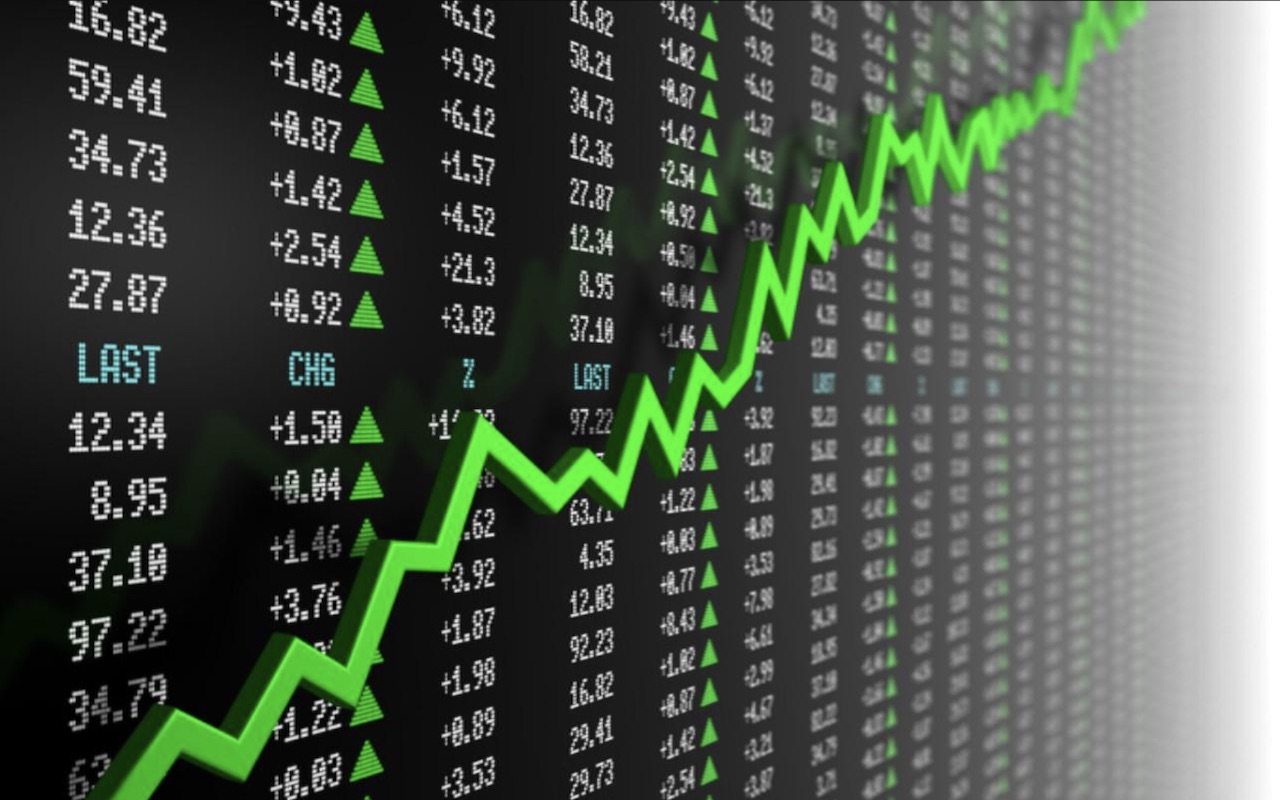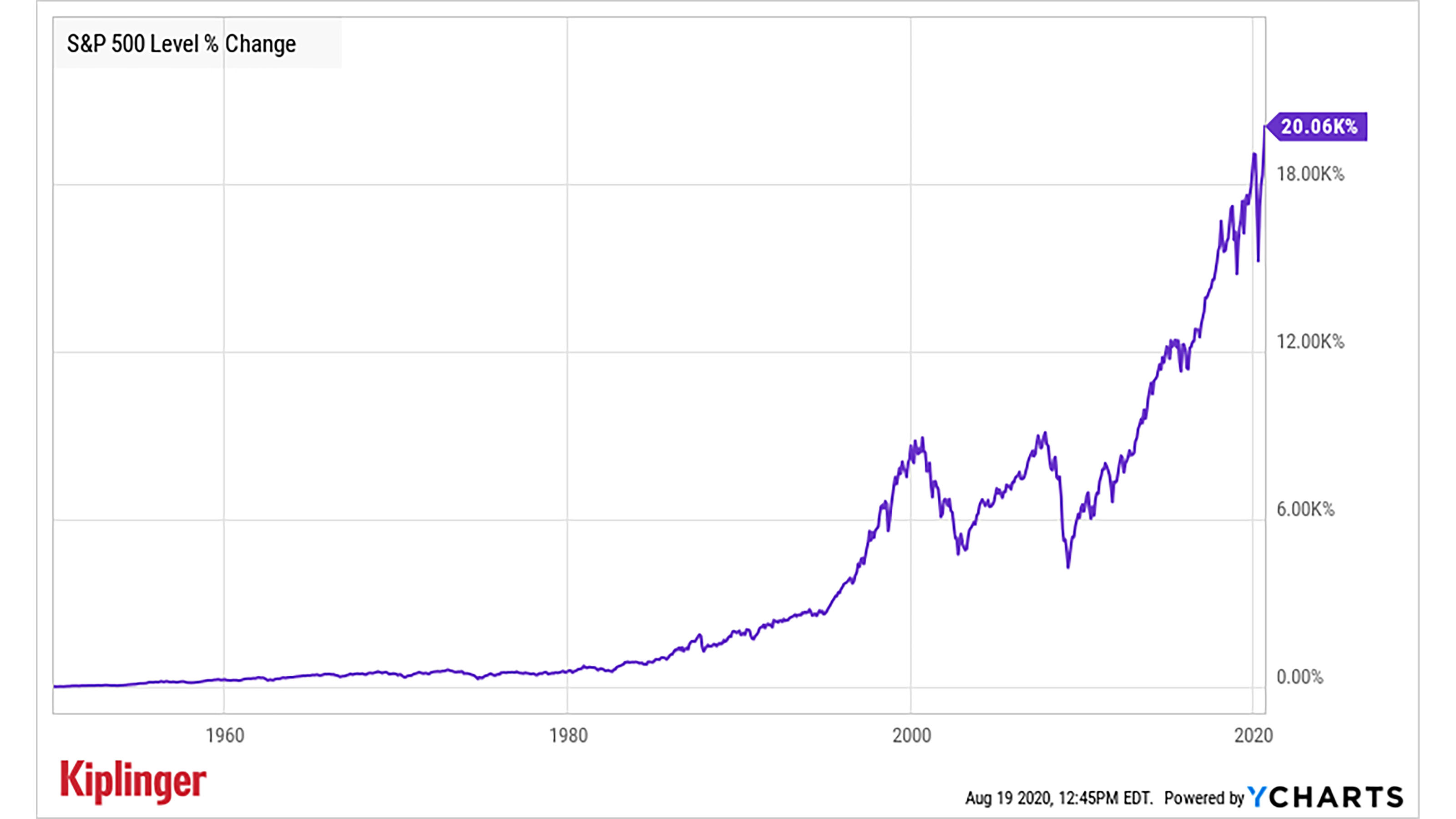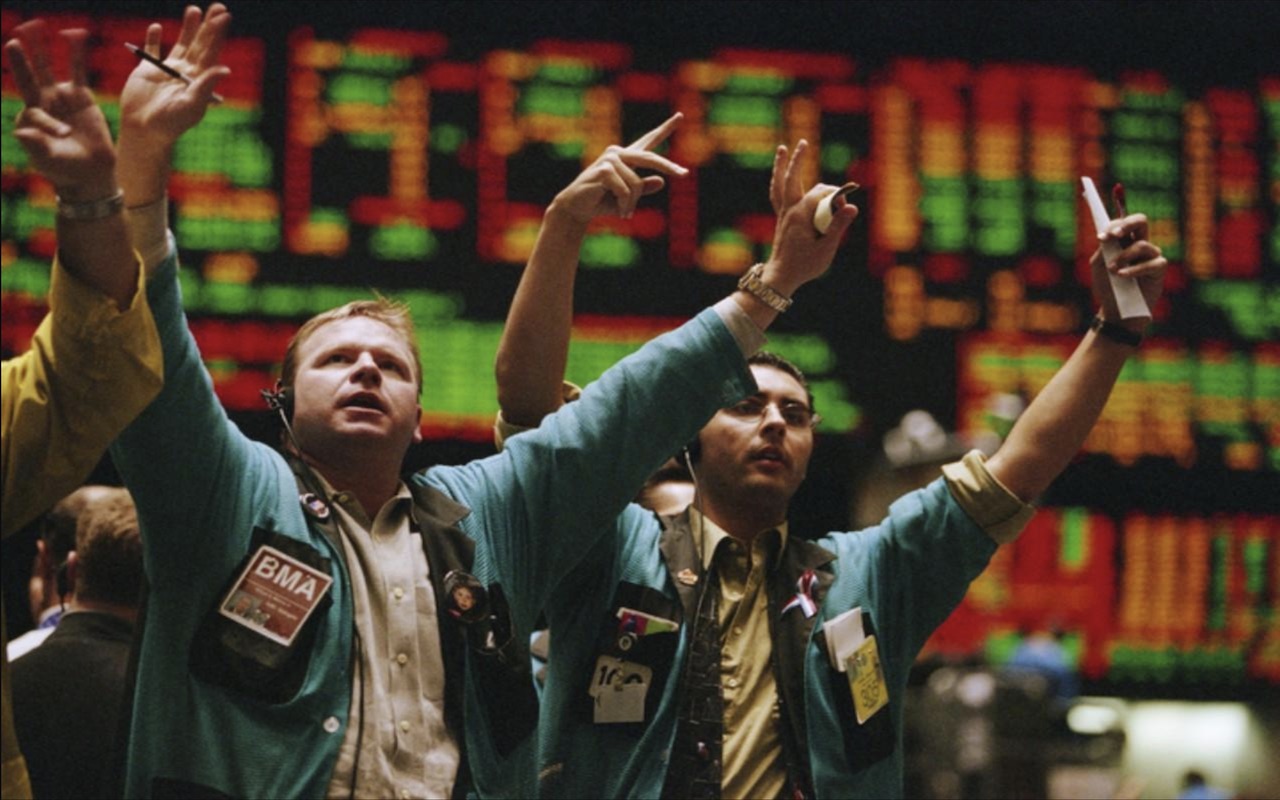10 Things You Must Know About Bull Markets
It's easy to look smart when most stocks are gaining day after day, but how much do you really know about the workings of bull markets?

There’s a saying on Wall Street: Don’t confuse brains with a bull market.
After all, when most stocks are gaining day after day, it’s easy to look smart. Indeed, the market has been in bull mode for so much of the last decade-plus, that it's hard to remember what challenging investing looks like.
Technical analysts differ on the definition of a bull market, but by one measure the S&P 500 confirmed it was in a bull on January 19, 2024, when it closed above its previous record close set back on January 3, 2022.
For the record, the S&P 500's longest bull market in history began in March 2009 and ended abruptly in March 2020, clobbered by coronavirus fears. The ensuing bear market cut fast and deep, but bottomed out in late March. About a month after its nadir, the market returned to bull-market territory and just kept chugging along.
Justified or not, those of us who have stuck around in stocks are probably feeling pretty brainy these days. Still, there’s plenty more to know about extended runs in stocks.
Read on to learn 10 things you must know about bull markets.

1. Why is it called a bull market?
There are several theories. Some say it's because the New York Stock Exchange is built on land that was used by the Dutch in the 17th century to auction off cattle. Another popular explanation is that rising markets were once fueled by fast-talking brokers with exaggerated claims about stocks (thus the phrase, "a line of bull").
As much as the "line of bull" story rings true, the most widely accepted theory is that the actions of bulls and bears, when attacking an opponent, reflect market movements. Bulls thrust upward, while bears swipe downward.

2. When stocks are officially in a bull market
There are many misconceptions about bull markets. No, we're not in a bull market just because the pundits on TV say we are. Neither is it a bull market when a major stock market index — such as the Dow Jones Industrial Average, S&P 500 or Nasdaq Composite — hits a new record high.
Rather, market trackers at S&P Dow Jones Indices define a bull market as a 20% rise in the S&P 500 from its previous low. By that measure — a 20% gain off the low —the current bull market began on January 19, 2024.
Note that by that measure, a bull market comes to an end when the S&P 500 falls 20% from its peak.
But other market analysis and research houses view bull markets differently. For instance, Sam Stovall, chief investment strategist at investment research firm CFRA, told Kiplinger's Personal Finance that he defines a bull market as a gain of at least 20% too – but the market also must go six months without falling beneath the previous low.
Other market participants will say that you can't truly confirm a bull market until you exceed the previous all-time highs. By that measure, the bull market started on March 23, 2020, but wasn't confirmed until Aug. 18, 2020, when the S&P 500 eclipsed its previous high set on Feb. 19, 2020.
Regardless, by most strategists' definitions, we're in a new bull market.

3. How long the average bull market lasts
As much as investors would like the answer to this question to be "forever," bull markets tend to run for just under four years.
The average bull market duration, since 1932, is 3.8 years, according to market research firm InvesTech Research. As noted above, the longest bull market in history ran for 11 years, from 2009 to 2020.

4. How common bull markets are
Not including our current uptrend (because some strategists want further confirmation), there have been 26 bull markets since 1928, according to Ned Davis Research, which uses its own set of signals to determine bull and bear markets. We have seen the same number of bear markets over that time frame.
On average, stocks gain 112% during a bull market. That's against an average loss of 36% during a bear market. And, of course, stocks have only gone up over the long term.

5. The types of stocks that do best in a bull market
It depends.
Typically, over the course of a bull market, different types of stocks will lead the pack. In a young bull market (early in an economic expansion), the cyclical sectors that are most sensitive to interest rates and economic growth do best, including financials, consumer discretionary (companies that provide nonessential goods or services) and industrials.
Later, tech stocks tend to lead mid-cycle, and commodity-linked sectors, including energy and materials, often outperform at the end stages of the economic cycle.
But this isn't your typical bull market. As we'll see below, tech stocks are outperforming and financials are lagging. Remember that a diversified portfolio will probably own all or most of these stocks, but the proportions will likely change over time.

6. Best-performing sector in the current bull market
There's really no agreement on when a bull market "officially" begins. Some say it's when the market rises 20% off the bear-market bottom, while others contend it's not a bull until the market regains its prior peak.
But ever since the market took off in 2023, it's been led by the Magnificent 7 stocks. The group is made up of mega-cap stocks Apple (AAPL), Alphabet (GOOGL), Microsoft (MSFT), Amazon.com (AMZN), Meta Platforms (META), Tesla (TSLA) and Nvidia (NVDA).
In 2023, the Magnificent 7 stocks logged an impressive average return of 111%, compared to a 24% return for the broader S&P 500.

7. Stocks leading the rally
For the 52 weeks ended January 19, the best performing stocks in the S&P 500 included Nvidia, Meta Platforms and Royal Caribbean (RCL).

8. Bull markets can fuel unstainable businesses
All the great bubbles started out as bull markets. From the Dutch tulip bulb mania of 1636-37 to the Nifty Fifty blue-chip stocks that collapsed in 1973 to the dot-com darlings that popped the turn-of-the-century tech bubble, spectacular rises and breathtaking falls prove that irrational euphoria and a herd mentality can catapult any market into oblivion.
To learn about the occasionally catastrophic combination of human nature and financial markets, read Manias, Panics and Crashes: A History of Financial Crises, by Charles P. Kindleberger. The newest edition of the classic book was updated by economist Robert Z. Aliber and released in 2015.

9. What a secular bull market is
A secular bull market is an advance usually measured by the decade instead of by the year, occasionally punctuated by shorter bear markets.
Secular bull markets include the run from 1982 through 2000 that saw prices for stocks in the S&P 500 rise more than 1,200%, despite bear markets in 1987 and 1990. The 1949-1966 secular bull withstood a nearly 30% drop in 1962. The average gain for secular bulls approaches 500%.

10. What kills a bull market
A rising inflation, higher interest rates and recession can all contribute to the death of a bull market. But timing is everything.
The stock market anticipates a recession, typically peaking six to nine months in advance of the onset of one. Making things even trickier, stocks sometimes anticipate recessions that never materialize. Also, stocks tend to perform well in the early days of higher rates and rising inflation; they signal a strengthening economy, after all.
Eventually, however, higher rates choke off growth as inflation erodes the value of investment returns.
Related Content
Get Kiplinger Today newsletter — free
Profit and prosper with the best of Kiplinger's advice on investing, taxes, retirement, personal finance and much more. Delivered daily. Enter your email in the box and click Sign Me Up.

Anne Kates Smith brings Wall Street to Main Street, with decades of experience covering investments and personal finance for real people trying to navigate fast-changing markets, preserve financial security or plan for the future. She oversees the magazine's investing coverage, authors Kiplinger’s biannual stock-market outlooks and writes the "Your Mind and Your Money" column, a take on behavioral finance and how investors can get out of their own way. Smith began her journalism career as a writer and columnist for USA Today. Prior to joining Kiplinger, she was a senior editor at U.S. News & World Report and a contributing columnist for TheStreet. Smith is a graduate of St. John's College in Annapolis, Md., the third-oldest college in America.
-
 Stock Market Today: Trump Retreats, Markets Rejoice
Stock Market Today: Trump Retreats, Markets RejoiceStocks rally, yields soften, the dollar rises, and even beaten-down names enjoy the wages of potential trade peace.
By David Dittman
-
 In Trump’s Economy Should 401(k) Savers 'Set It and Forget It?'
In Trump’s Economy Should 401(k) Savers 'Set It and Forget It?'It’s hard to bury your head in the sand when the markets are volatile. Here’s when it makes sense and when it doesn’t.
By Donna Fuscaldo
-
 Stock Market Today: Trump Retreats, Markets Rejoice
Stock Market Today: Trump Retreats, Markets RejoiceStocks rally, yields soften, the dollar rises, and even beaten-down names enjoy the wages of potential trade peace.
By David Dittman
-
 Stock Market Today: Stocks Soar on China Trade Talk Hopes
Stock Market Today: Stocks Soar on China Trade Talk HopesTreasury Secretary Bessent said current U.S.-China trade relations are unsustainable and signaled hopes for negotiations.
By Karee Venema
-
 Stock Market Today: Dow Drops 971 Points as Powell Pressure Ramps Up
Stock Market Today: Dow Drops 971 Points as Powell Pressure Ramps UpPresident Trump is increasing his attacks against Jerome Powell, insisting the Fed chair cut interest rates.
By Karee Venema
-
 Stock Market Today: No 'Powell Put'? No Problem
Stock Market Today: No 'Powell Put'? No ProblemInvestors, traders and speculators look beyond both another Trump post and more signs of slowing economic activity.
By David Dittman
-
 Stock Market Today: Dow Drops 699 Points After Powell Speech
Stock Market Today: Dow Drops 699 Points After Powell SpeechFed Chair Powell warned of a slowing economy and higher inflation but said the central bank isn't ready to cut rates just yet.
By Karee Venema
-
 Stock Market Today: Stocks Struggle Amid Tariff Uncertainty
Stock Market Today: Stocks Struggle Amid Tariff UncertaintyBoeing dropped after China suspended new aircraft orders, while Bank of America and Citi climbed on earnings beats.
By Karee Venema
-
 Stock Market Today: Stocks Gain on Tech, Auto Tariff Talk
Stock Market Today: Stocks Gain on Tech, Auto Tariff TalkThe Trump administration said late Friday that it will temporarily halt tariffs on some Chinese tech imports.
By Karee Venema
-
 Stock Market Today: Stocks Surge to Close a Volatile Week
Stock Market Today: Stocks Surge to Close a Volatile WeekIt was another day with a week's worth of both news and price action, but it ended on a strongly positive note.
By David Dittman

